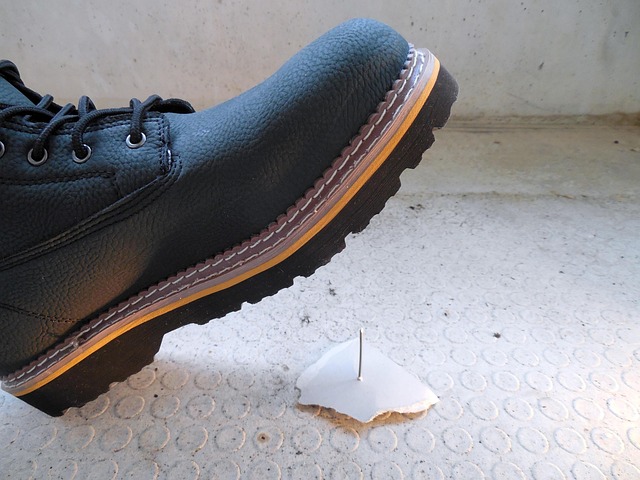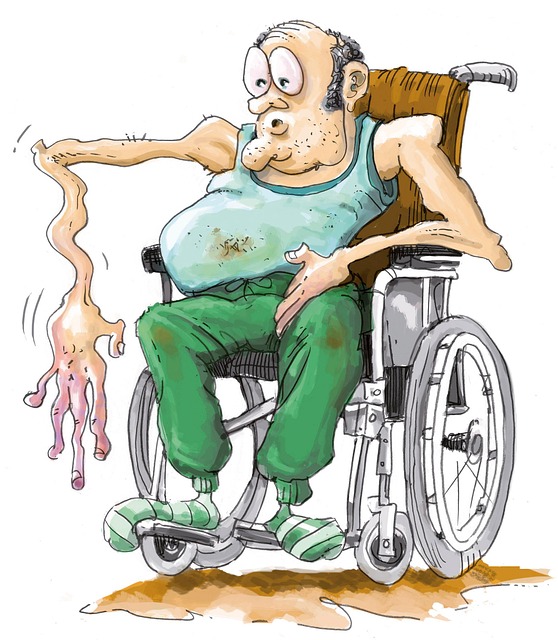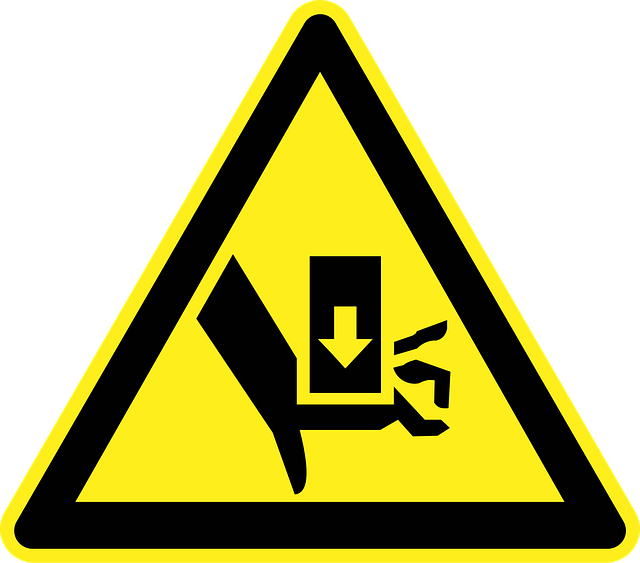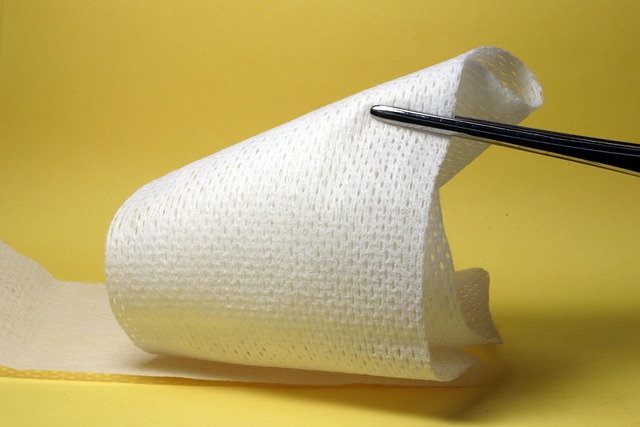Cycling accidents cause cycling accident road rash, skin injuries requiring proper wound care to prevent infection and scarring. Immediate steps include controlling bleeding, cleaning, drying, and dressing the wound. Long-term healing involves hygiene, hydration, protection, and maintenance to reduce risk of future incidents and alleviate stress from related issues. Seek timely legal support for financial security during recovery.
Cycling enthusiasts, be prepared! Protect yourself from the inevitable cycling accident road rash with expert guidance on proper wound care. Understanding the unique challenges of this common injury is key. Learn immediate steps for relief, from cleaning and dressing to pain management. Explore long-term healing strategies focusing on prevention, including skincare tips and gear considerations. Conquer road rash fears and hit the trails with confidence!
- Understanding Cycling Accident Road Rash
- Immediate Steps for Wound Care Relief
- Long-Term Healing and Prevention Strategies
Understanding Cycling Accident Road Rash

Cycling accidents can cause significant road rash, a type of severe skin injury resulting from friction against rough surfaces. In the context of cycling, this often occurs when a rider experiences a sudden fall or impact with the road, leading to an array of skin lacerations and abrasions. Road rash varies in severity, ranging from superficial scrapes to deep, open wounds that can cause significant pain and discomfort.
Understanding the nature of cycling accident road rash is crucial for effective treatment and recovery. Unlike minor cuts and bruises, road rash often involves extensive damage to the skin and subcutaneous tissues. Proper wound care is essential not only for healing but also to prevent infection and reduce scarring. Seeking timely legal representation if the accident was not your fault, such as in partnership disputes or real estate litigation, can provide financial support during this challenging time, ensuring you have the resources for adequate medical care.
Immediate Steps for Wound Care Relief

In the aftermath of a cycling accident, the initial focus should be on cycling accident road rash relief and proper wound care. The first step is to stop bleeding by applying direct pressure using a clean cloth or bandage. Once bleeding is under control, gently wash the affected area with mild soap and water to remove debris and dirt. This crucial step helps prevent infection and promotes faster healing.
After cleaning, dry the wound gently and apply an antiseptic cream or ointment to create a protective barrier. Cover the area with sterile gauze or a clean bandage, securing it gently without causing further discomfort. Keep the injured area elevated if possible to reduce swelling, and monitor for signs of infection such as redness, warmth, or pus. Prompt and effective wound care is essential, especially in mitigating the impact of potential nursing home neglect or partnership disagreements that may arise from serious injuries sustained during cycling accidents.
Long-Term Healing and Prevention Strategies

After the initial phase of wound care, focusing on cleaning and dressing, the long-term healing process for cycling accident road rash involves several strategies aimed at preventing infection and promoting tissue repair. It’s crucial to maintain proper hygiene practices, such as regular handwashing before attending to the wound, to avoid introducing bacteria or irritants that could slow down recovery. Moisturizing creams or ointments can aid in keeping the skin hydrated, which is essential for cell regeneration and reducing scar formation.
Additionally, clients should consider long-term prevention strategies to mitigate the risk of future cycling accident road rash. This includes wearing appropriate protective gear, such as durable clothing with padding, and ensuring their bicycle is well-maintained to minimize the impact of potential falls. In case of significant property damage claims or partnership disagreements following an accident, prioritizing proper wound care can help alleviate additional stress by focusing on the client’s recovery first and foremost.
Cycling accidents can lead to significant road rash, but proper wound care is essential for effective healing. By understanding the nature of cycling accident road rash, taking immediate steps for wound care relief, and implementing long-term healing and prevention strategies, cyclists can minimize scarring and promote faster recovery. Remember, quick action and the right techniques are key to managing and preventing cycling accident road rash.





